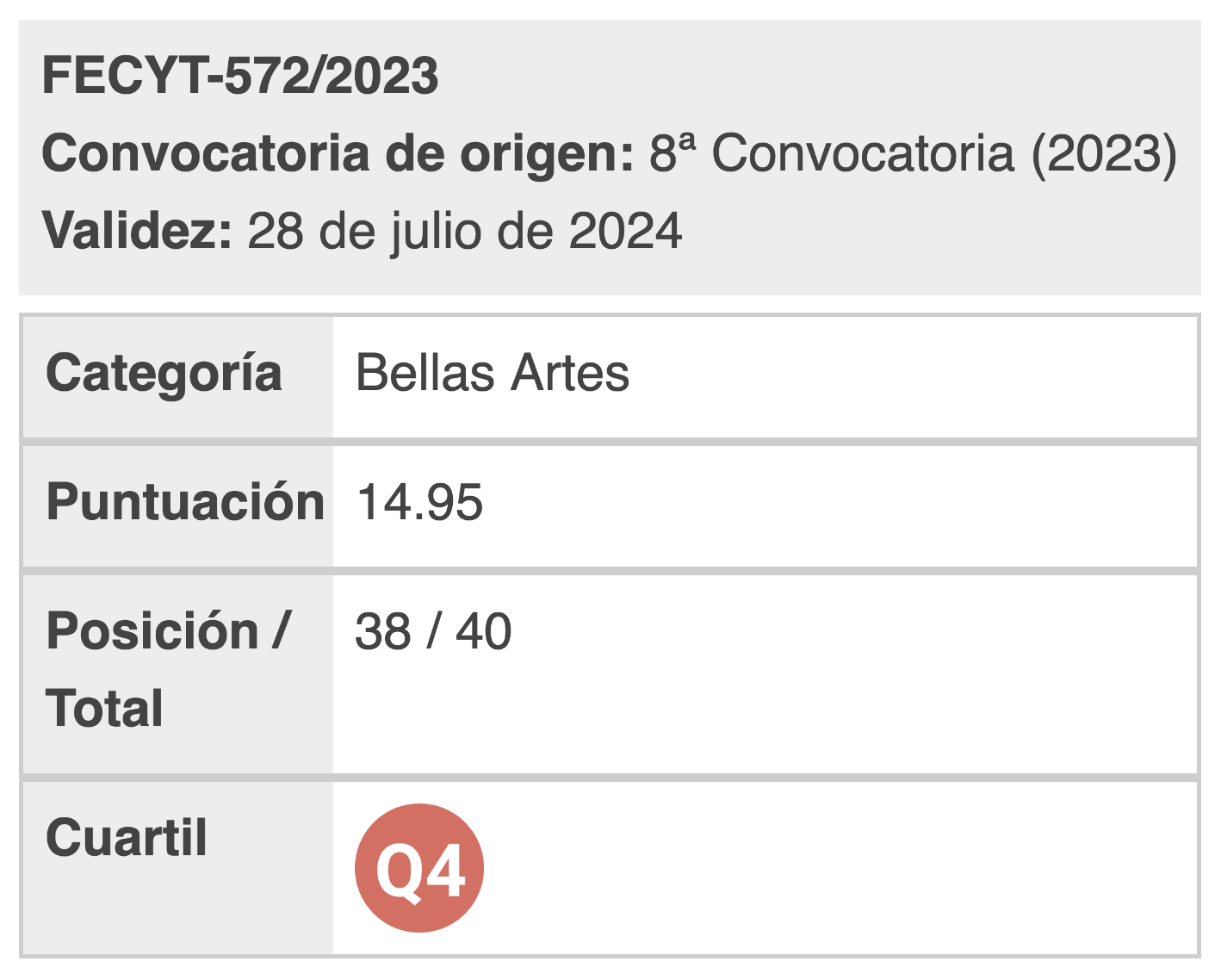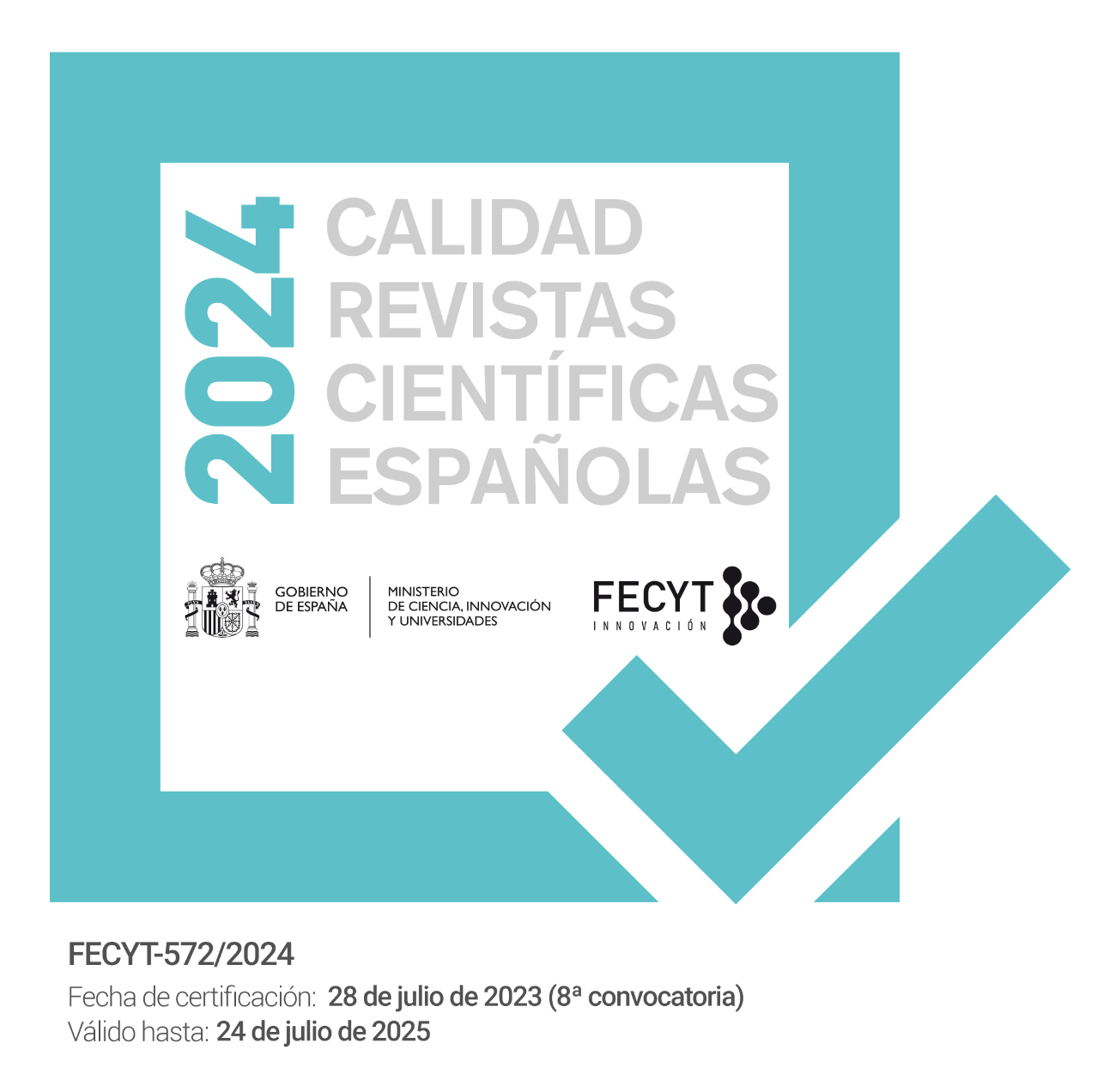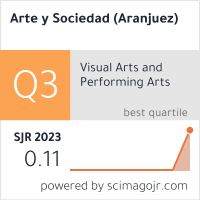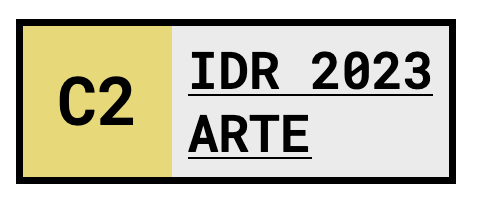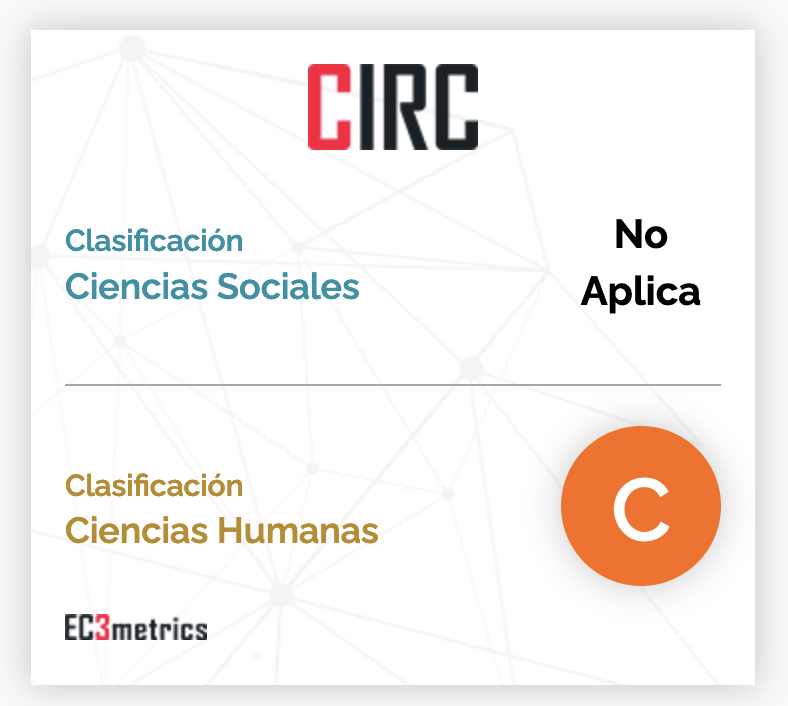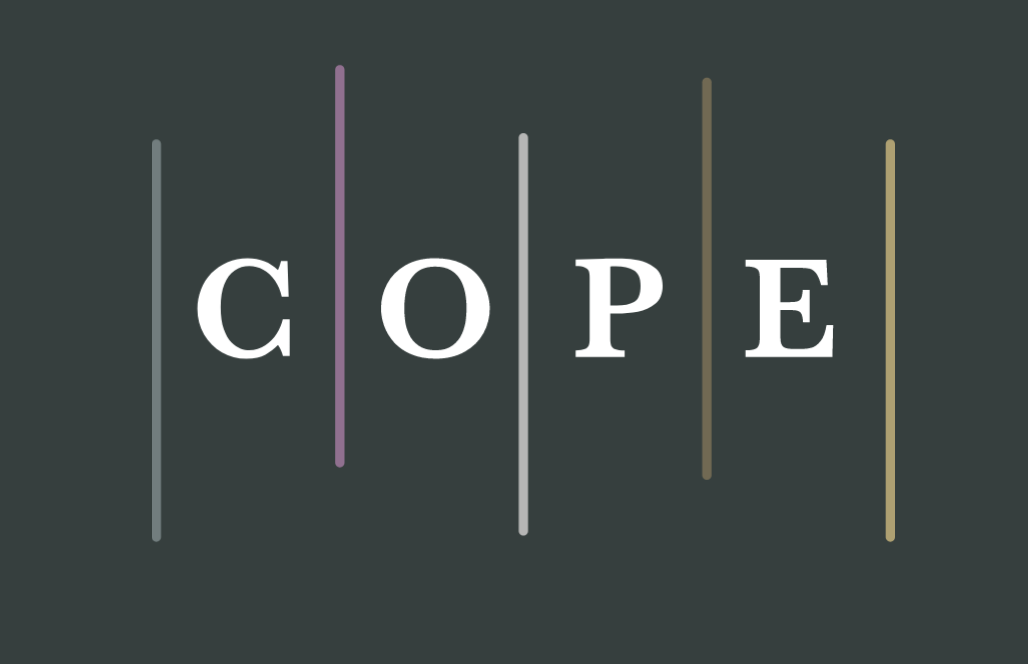Evolution of matte painting and its application in the design and creation of environments
DOI:
https://doi.org/10.5281/zenodo.7642501Keywords:
Matte Painting, Concept Art, Environments, Painting, Digital ArtAbstract
This paper analyzes the evolution of matte painting as a representational technique throughout history, its relationship with art and its influence on different industries linked to representation. We use a multi-case study methodology, which allows us to relate milestones and use an open approach to the analysis. Through it, we seek connections between their use in film, video games, and design, and its influence in them, which allows us to defend the figure of the matte painter as an artist.
References
Alexander, R. (2011). Dibujar y pintar paisajes y ciudades de fantasía. Grupo Editorial Tomo, S.A.
Bailey, J. (2021). Constructive Instability - The Art of Lucas Aguirre. Artnome. Extraído de https://www.artnome.com/news/2021/5/23/constructive-instability-the-art-of-lucas-aguirre (Fecha de consulta 12-06-2022).
Campion, P. (1999). The Lord of the Rings: Fellowship of the Ring. Paul Campion. Extraído de https://www.paulcampion.com/portfolio/the-lord-of-the-rings (Fecha de consulta 18-07-2022).
Ching, F. D. K. y Juroszek, S. P. (2005). Dibujo y proyecto (3rd ed.). Gustavo Gili.
Cole, D. (2002). Lord of the Rings: The Return of the King. Dylan Cole Studio. Extraído de https://dylancolestudio.com/return-of-the-king (Fecha de consulta 10-05-2022).
Cotta Vaz, M. y Duignan, R. (1996). Industrial Light & Magic; into the Digital Realm. Ballantine Books.
Delacroix, E. (1855-1861). Heliodoro expulsado del Templo. WahooArt. Extraído de https://es.wahooart.com/@@/9GEJY9-Eug%C3%A8ne-Delacroix-Heliodoro-expulsado-delTemplo (Fecha de consulta 18-07-2022).
Diaz, J. (2015). How the Original Star Wars Trilogy Fooled Everyone with Matte Paintings. Gizmodo. Extraído de https://gizmodo.com/the-amazing-matte-paintings-from-star-wars-and-their-cr1680372651 (Fecha de consulta 10-05-2022).
Failes, I. (2020). ‘Die Hard 2’: the story behind that famous final matte painting pullback - befores & afters. befores & afters. Extraído de https://beforesandafters.com/2020/07/03/die-hard-2-the-storybehind-that-famous-final-matte-painting-pullback/ (Fecha de consulta 10-05-2022).
Friedrich, C. D. (1822-1823). Felsenlandschaft im Elbsandsteingebirge. Wikimedia. Extraído de https://commons.wikimedia.org/wiki/File:Caspar_David_Friedrich_-_Felsenlandschaft_im_Elbsandsteingebirge.jpg (Fecha de consulta 18-07-2022).
González, J. (2019). Los colores de los impresionistas y sus obras. ttamayo.com. Extraído de https://www.ttamayo.com/2019/01/colores-de-los-impresionistas/ (Fecha de consulta 19-04-2022).
Goya, F. (1786). La primavera (boceto). Fundación Goya en Aragón. Extraído de https://fundaciongoyaenaragon.es/obra/la-primavera-boceto/52 (Fecha de consulta 12-06-2022).
Goya, F. (1786). Las floreras. Fundación Goya en Aragón. Extraído de https://fundaciongoyaenaragon.es/obra/las-floreras/51 (Fecha de consulta 12-06-2022).
Lanza, D. (2018). Relación simbiótica entre pintura y cine en el matte painting. Fotocinema, 16, 153-172. Extraído de https://doi.org/10.24310/Fotocinema.2018.v0i16.4089 (Fecha de consulta 19-04-2022).
Lanza, D. (2019). Sobre la significación en la representación paisajística del matte painting cinematográfico. Propuesta para una clasificación. Arte, Individuo y Sociedad, 31(2), 243-259. Ediciones Complutense. Extraído de https://doi.org/10.5209/ARIS.58668 (Fecha de consulta 19-04-2022).
Maher, M. (2015). Visual Effects: How Matte Paintings are Composited into Film. Extraído de https://www.rocketstock.com/blog/visual-effects-matte-paintings-composited-film/ (Fecha de consulta 10-05-2022).
Marsal, C. (2016). Matte Painting & Técnicas de composición. Photoshop Rockstars. Extraído de https://youtu.be/Wd3tPmZW6iM (Fecha de consulta 10-05-2022).
Morgan, M. (2014). Uncharted 4 - Island. ArtStation. Extraído de https://www.artstation.com/artwork/v1xJn6 (Fecha de consulta 19-04-2022).
Novo, J. (2004). De Ingres a Cézanne. El siglo XIX en la colección del Petti Palais. Museo de Bellas Artes de Bilbao.
Pérez Valero, V. y Martínez, M-P. (2021). El matte painting como técnica híbrida en las producciones audiovisuales. El cortometraje Arestia: un caso práctico. La academia gloval. Perspectivas contemporáneas sobre docencia, investigación y creación en arte. Universidad Miguel
Hernández de Elche.
Sagasti Alegria, I., Echevarria Aguirre, M., Berroya Elosua, A. y Morlesín Mellado, J.A. (2022). Drawing, performativity and virtual reality in art: Identifying connections and creative possibilities. Drawing: Research, Theory, Practice, vol. 7 (1), 99-117. Extraído de https://doi.org/10.1386/drtp_00081_7 (Fecha de consulta 16-04-2022)
Turner, W. (1819). Landscape Sketches near Ariccia. Tate Museum. Extraído de https://www.tate.org.uk/art/artworks/turner-landscape-sketches-near-ariccia-d15965 (Fecha de consulta 18-07-2022).
Vincent, J. (2020). Interview with Architectural Designer Jimmy Vincent. The MattePainting Blog. Extraído de https://mattepaint.com/blog/interview-with-archviz-veteran-jimmy-vincent/ (Fecha de consulta 19-04-2022).
Viris, T. (2009). Matte Painting Tips and Tricks, Digital Painting Techniques, 88-91. Focal Press. Extraído de https://doi.org/10.1016/B978-0-240-52174-9.50023-3 (Fecha de consulta 19-04-2022).
Walker, S. (s.f.). The Artistry and History of Matte Painting. FutureLearn. Extraído de https://www.futurelearn.com/info/courses/vfx-forfilmmakers/0/steps/13286#:~:text=The%20first%20recorded%20example%20of,we%20now%2 0call%20Set%20Extensions (Fecha de consulta 12-06-2022).
Weishar, P. (2002). Blue sky: the Art of Computer Animation. Harry N. Abrams, Inc.
Yumibe, P. (2018). Técnicas de lo fantástico. Vivomatografías. Revista de estudios sobre precine y cine silente en Latinoamérica, 224-248. Extraído de http://www.vivomatografias.com/index.php/vmfs/article/view/201/203 (Fecha de consulta 18-07-2022)

Published
How to Cite
Issue
Section
License

This work is licensed under a Creative Commons Attribution 4.0 International License.
You are free to:
Share — copy and redistribute the material in any medium or format.
Adapt — remix, transform, and build on the material for any purpose, including commercial.
Attribution — You must properly acknowledge the authorship, provide a link to the license, and indicate if any changes have been made.
You may do so in any reasonable manner, but not in any way that suggests that you endorse or receive any endorsement by the licensor for your use.
No additional restrictions — You may not apply legal terms or technological measures that legally restrict you from doing what the license allows.



